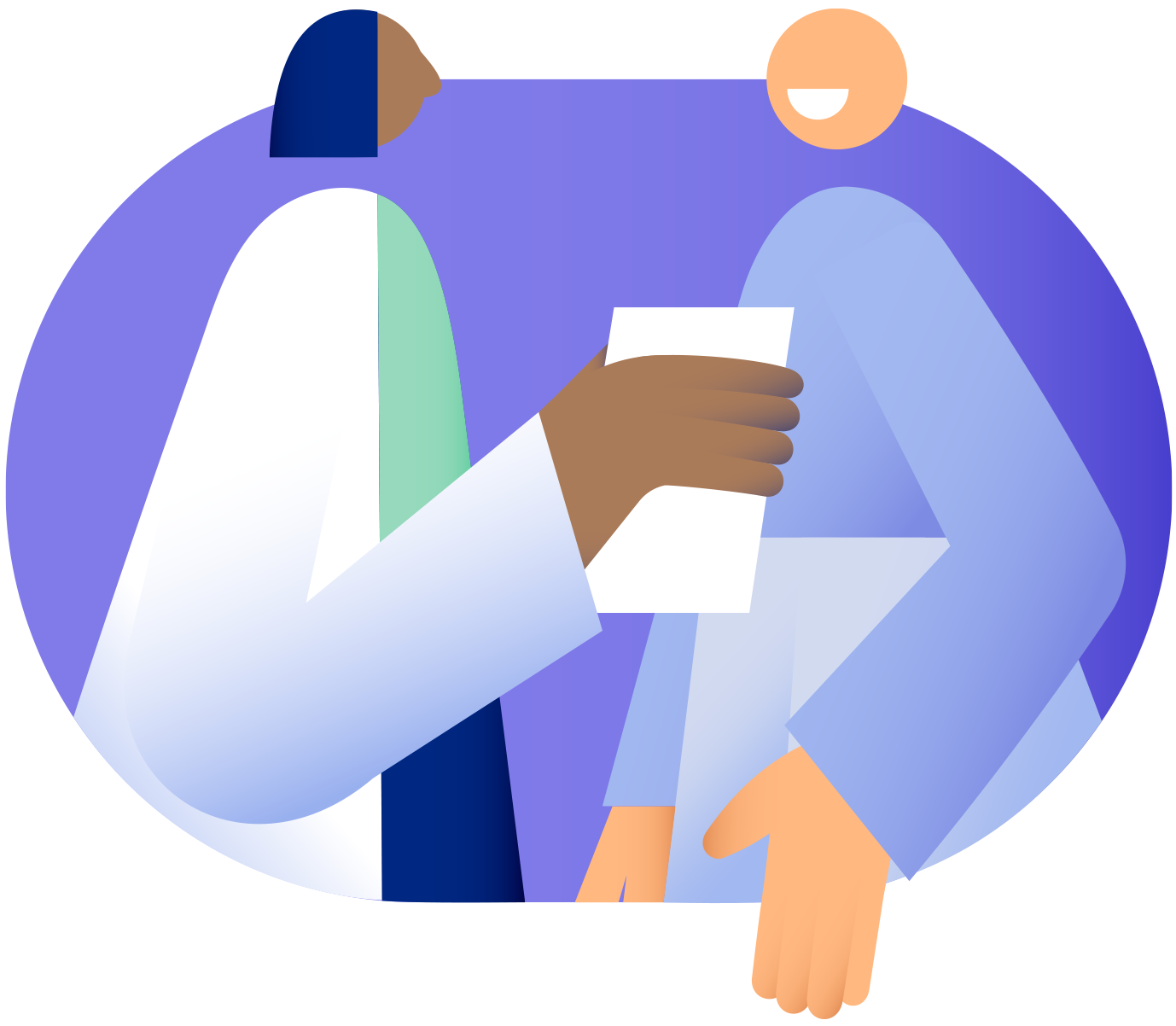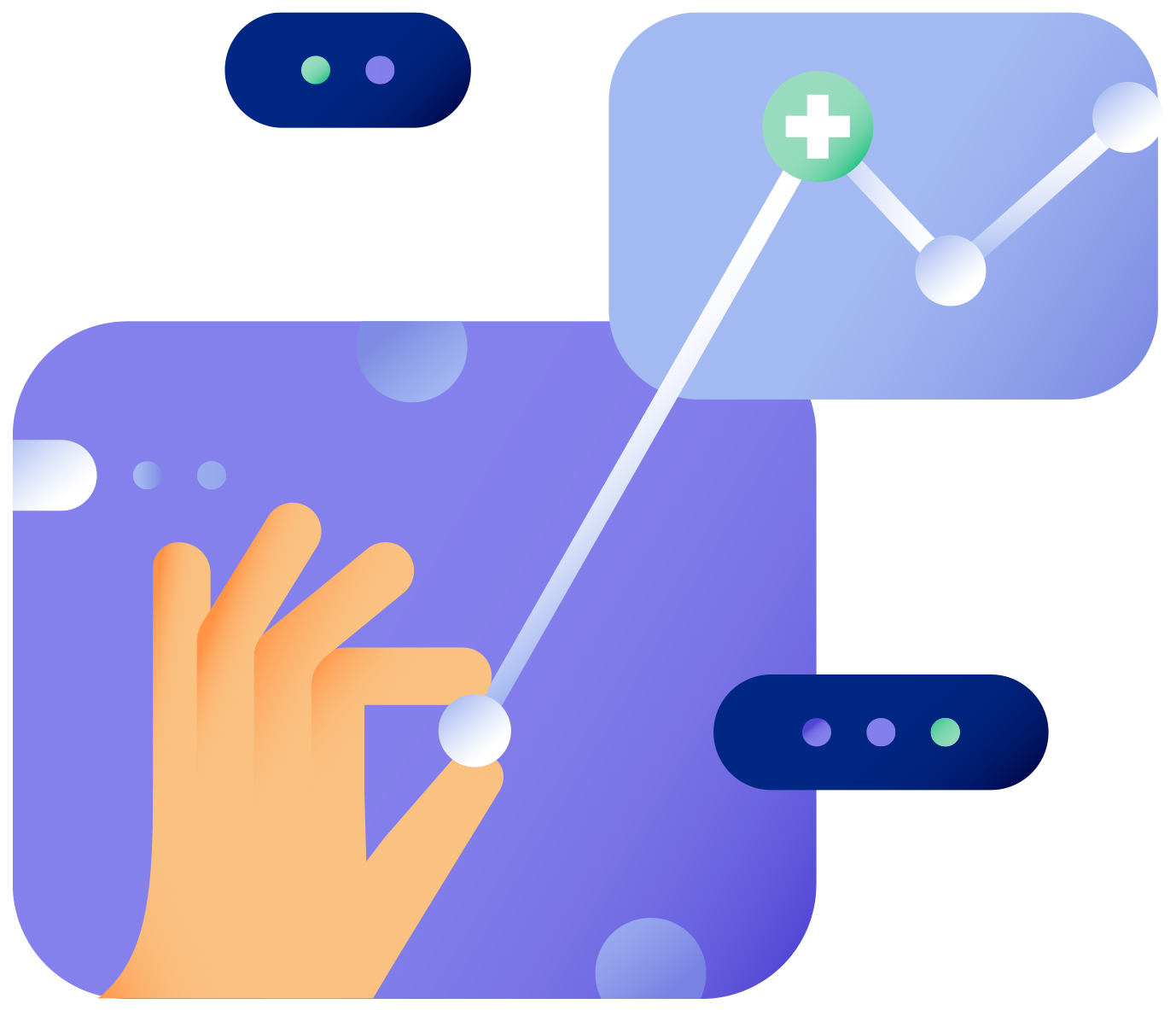Management
Design of a multidimensional dashboard based on artificial intelligence models based on two differentiated blocks.
On the one hand, the corporate one, aimed at monitoring the results achieved on the objectives of the annual health management agreement, and, on the other hand, the sectoral one, to provide information support in the care routes as a strategy for changing processes and integrating care levels.


